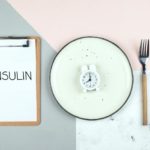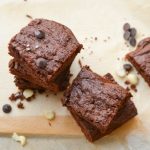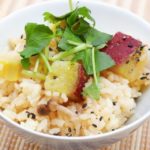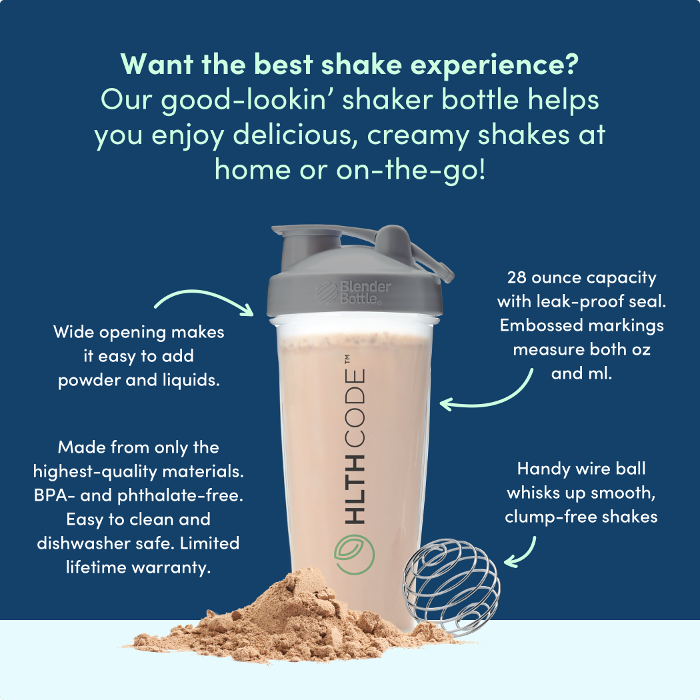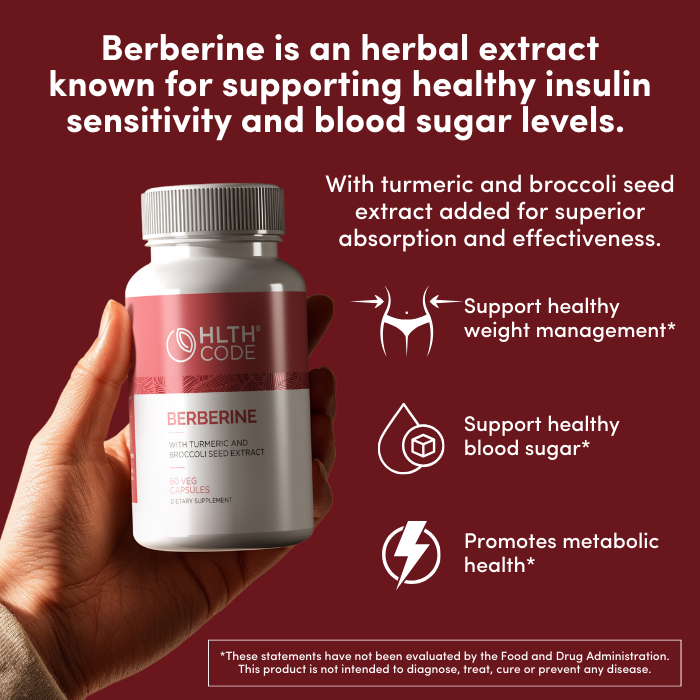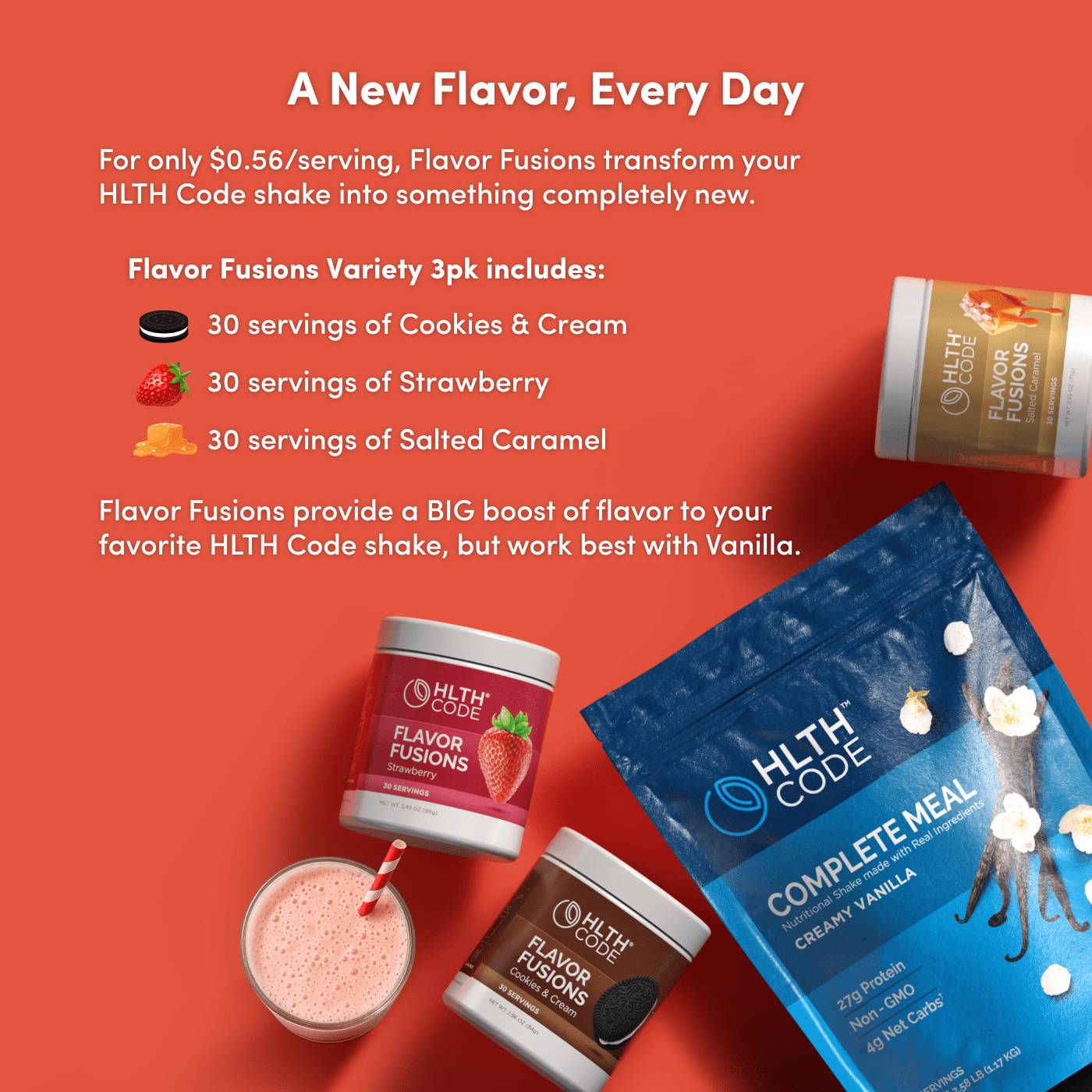The Unknown Benefits of Exercise

Exercise
There is little need to tout the benefits of exercise—we all know it’s good for us. By lowering the risk of heart disease [1], cancer [2], diabetes [3], and Alzheimer’s [4], it seems everything gets better with a little exercise. Exercise induces countless changes in the body, but at the heart of them all is changes in metabolic function that are reflected in hormone and nutrient shifts.
Hormones
A common theme of the changes in hormone levels is that they affect nutrients in the blood. Because there are so many hormonal changes with exercise, we’ll limit the discussion to two of the most important and potent.
Insulin
Insulin dictates the nutritional status of the body, and the theme of insulin’s actions throughout the body is “storage”; insulin wants cells to store, not release, energy. You can see the problem with this—during exercise, we need the body to be using energy, not storing it. Thus, it’s no surprise that exercise can lower insulin rapidly and within 20 minutes drop by 25% and by around 45 minutes be down by half [5].
The overall process is rather elegant—insulin drops to allow our body fat and liver to begin sharing stored nutrients in the form of free fatty acids and glucose (more on that below). This would normally present a problem for our muscles though; after all, insulin pushes glucose into muscles and the working muscles certainly have a high demand for glucose. In fact, the muscle’s demand is so high that it opens the glucose doors on its own, without any help from insulin. In other words, exercise enables an insulin-independent uptake of glucose into muscle. Accordingly, while the low insulin of exercise allows fat and liver cells to release the stored nutrients, the working muscle is able to pull these on its own, despite the low insulin.
Epinephrine
One of the reasons insulin drops is because epinephrine tells it to. When we exercise, the need for fuel is so great that epinephrine is one of several hormones that steps up to help. Epinephrine is famous because of its role in the “fight or flight” response—it’s basically our body’s signal to “get going!”
Because insulin wants the body to store energy, one of epinephrine’s primary actions is to inhibit insulin release [6]. By inhibiting insulin, it’s more able to do what it wants with nutrients—get them out of storage and into the blood.
In addition to regulating insulin and nutrient flow, epinephrine drives the pronounced hemodynamic (blood flow) changes we experience with exercise. There are epinephrine receptors on the heart that promote an increase in heart contractility and heart rate, which act in concert to beat more blood through the lungs and then to working muscles. Also, epinephrine changes the diameter of blood vessels, making them a little narrower. This might seem like a bad thing, but it actually helps move the blood faster through the body. All of these are essential to keeping the body going.
Nutrients
The key nutrients in the body are the two key fuels for the body: glucose and fats. Each of these are essential to fueling the busy muscles during exercise, and each of them climbs quickly once we get moving.
Much of the stimulus for increasing glucose and fats in the blood comes from epinephrine (and low insulin). Epinephrine promotes the breakdown of glycogen from the liver, which accounts for the big release of glucose into the blood. At the same time, epinephrine has a similar effect on fat cells, resulting in the breakdown of stored fat (i.e., triglycerides) to be released as free fatty acids.
As exercise intensity increases, the more the working muscles rely on glucose as a fuel [7]. There is a prominent idea in the field of exercise science that the reason for this is because glucose “burns faster”, but this is not true. The fuel shift away from fats to glucose with high-intensity exercise is really a function of the changes within the working muscle, not because of any fuel preference or burning speed.
Recovery
As much as glucose is used by the working muscle, whether you take in glucose during or after your workout should be based on what your goals are. If you’re aiming to improve your high-intensity performance (i.e., marathon or sprints or power lifting), then ingesting glucose during your workout will certainly help. However, if you’re like the rest of us who just want to be strong and metabolically fit, then be wary of the glucose. Exercise improves insulin sensitivity, but consuming glucose after a work-out actually undoes some of the insulin-sensitizing effect [8]!
A main purpose of a recovery meal/supplement is to help the body bounce back better by strengthening the muscles you just exhausted. Everybody knows protein is essential for muscle building, but should you add carbs to that protein, as most people think? Once again, the evidence suggests carbohydrates aren’t so helpful. Adding carbs to protein does not enhance the muscle-building recovery compared with just protein alone [9]. Fat, on the hand, does help—adding fat to a protein recovery drink enhances muscle-building following a workout [10, 11].
Take-away Thoughts
Exercise matters. The best exercise for improving overall health is the one you’ll do. Whatever you can do, do it daily. When it comes to nutrition, don’t believe the hype—for the majority of us, focusing on carbs as fuel for exercise or building blocks for recovery may make things worse. For best results, take protein with fat.
References
1 Chair, S. Y., Zou, H. and Cao, X. (2021) Effects of Exercise Therapy for Adults With Coronary Heart Disease: A Systematic Review and Meta-analysis of Randomized Controlled Trials. The Journal of cardiovascular nursing. 36, 56-77
2 Conn, V. S., Hafdahl, A. R., Porock, D. C., McDaniel, R. and Nielsen, P. J. (2006) A meta-analysis of exercise interventions among people treated for cancer. Support Care Cancer. 14, 699-712
3 Tonoli, C., Heyman, E., Roelands, B., Buyse, L., Cheung, S. S., Berthoin, S. and Meeusen, R. (2012) Effects of different types of acute and chronic (training) exercise on glycaemic control in type 1 diabetes mellitus: a meta-analysis. Sports Med. 42, 1059-1080
4 Faieta, J. M., Devos, H., Vaduvathiriyan, P., York, M. K., Erickson, K. I., Hirsch, M. A., Downer, B. G., van Wegen, E. E. H., Wong, D. C., Philippou, E., Negm, A., Ahmadnezhad, P., Krishnan, S., Kahya, M., Sood, P. and Heyn, P. C. (2021) Exercise interventions for older adults with Alzheimer’s disease: a systematic review and meta-analysis protocol. Syst Rev. 10, 6
5 Goodwin, M. L. (2010) Blood glucose regulation during prolonged, submaximal, continuous exercise: a guide for clinicians. J Diabetes Sci Technol. 4, 694-705
6 Deibert, D. C. and DeFronzo, R. A. (1980) Epinephrine-induced insulin resistance in man. The Journal of clinical investigation. 65, 717-721
7 van Loon, L. J., Greenhaff, P. L., Constantin-Teodosiu, D., Saris, W. H. and Wagenmakers, A. J. (2001) The effects of increasing exercise intensity on muscle fuel utilisation in humans. The Journal of physiology. 536, 295-304
8 Taylor, H. L., Wu, C. L., Chen, Y. C., Wang, P. G., Gonzalez, J. T. and Betts, J. A. (2018) Post-Exercise Carbohydrate-Energy Replacement Attenuates Insulin Sensitivity and Glucose Tolerance the Following Morning in Healthy Adults. Nutrients. 10
9 Staples, A. W., Burd, N. A., West, D. W., Currie, K. D., Atherton, P. J., Moore, D. R., Rennie, M. J., Macdonald, M. J., Baker, S. K. and Phillips, S. M. (2011) Carbohydrate does not augment exercise-induced protein accretion versus protein alone. Med Sci Sports Exerc. 43, 1154-1161
10 van Vliet, S., Shy, E. L., Abou Sawan, S., Beals, J. W., West, D. W., Skinner, S. K., Ulanov, A. V., Li, Z., Paluska, S. A., Parsons, C. M., Moore, D. R. and Burd, N. A. (2017) Consumption of whole eggs promotes greater stimulation of postexercise muscle protein synthesis than consumption of isonitrogenous amounts of egg whites in young men. The American journal of clinical nutrition. 106, 1401-1412
11 Abou Sawan, S., van Vliet, S., West, D. W. D., Beals, J. W., Paluska, S. A., Burd, N. A. and Moore, D. R. (2018) Whole egg, but not egg white, ingestion induces mTOR colocalization with the lysosome after resistance exercise. Am J Physiol Cell Physiol. 315, C537-C543
This article is for informational and educational purposes only. It is not, nor is it intended to be substitute for professional medical advice, diagnosis, or treatment and should never be relied upon for specific medical advice.



